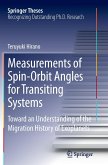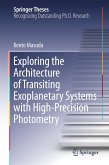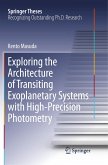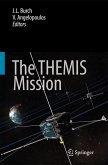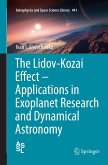This thesis presents accurate analyses of the spin-orbit angle for many remarkable transiting exoplanetary systems, including the first measurement of the Rossiter-McLaughlin effect for a multiple transiting system.
The author presents the observational methods needed to probe the spin-orbit angle, the relation between the stellar spin axis and planetary orbital axis. Measurements of the spin-orbit angle provide us a unique and valuable opportunity to understand the origin of close-in giant exoplanets, called "hot Jupiters".
The first method introduced involves observations of the Rossiter-McLaughlin effect (RM effect). The author points out the issues with the previous theoretical modeling of the RM effect and derives a new and improved theory. Applications of the new theory to observational data are also presented for a number of remarkable systems, and the author shows that the new theory minimizes the systematic errors by applying it to theobservational data.
The author also describes another method for constraining the spin-orbit angle: by combining the measurements of stellar flux variations due to dark spots on the stellar surface, with the projected stellar rotational velocity measured via spectroscopy, the spin-orbit angles "along the line-of-sight" are constrained for the transiting exoplanetary systems reported by the Kepler space telescope.
The author presents the observational methods needed to probe the spin-orbit angle, the relation between the stellar spin axis and planetary orbital axis. Measurements of the spin-orbit angle provide us a unique and valuable opportunity to understand the origin of close-in giant exoplanets, called "hot Jupiters".
The first method introduced involves observations of the Rossiter-McLaughlin effect (RM effect). The author points out the issues with the previous theoretical modeling of the RM effect and derives a new and improved theory. Applications of the new theory to observational data are also presented for a number of remarkable systems, and the author shows that the new theory minimizes the systematic errors by applying it to theobservational data.
The author also describes another method for constraining the spin-orbit angle: by combining the measurements of stellar flux variations due to dark spots on the stellar surface, with the projected stellar rotational velocity measured via spectroscopy, the spin-orbit angles "along the line-of-sight" are constrained for the transiting exoplanetary systems reported by the Kepler space telescope.


